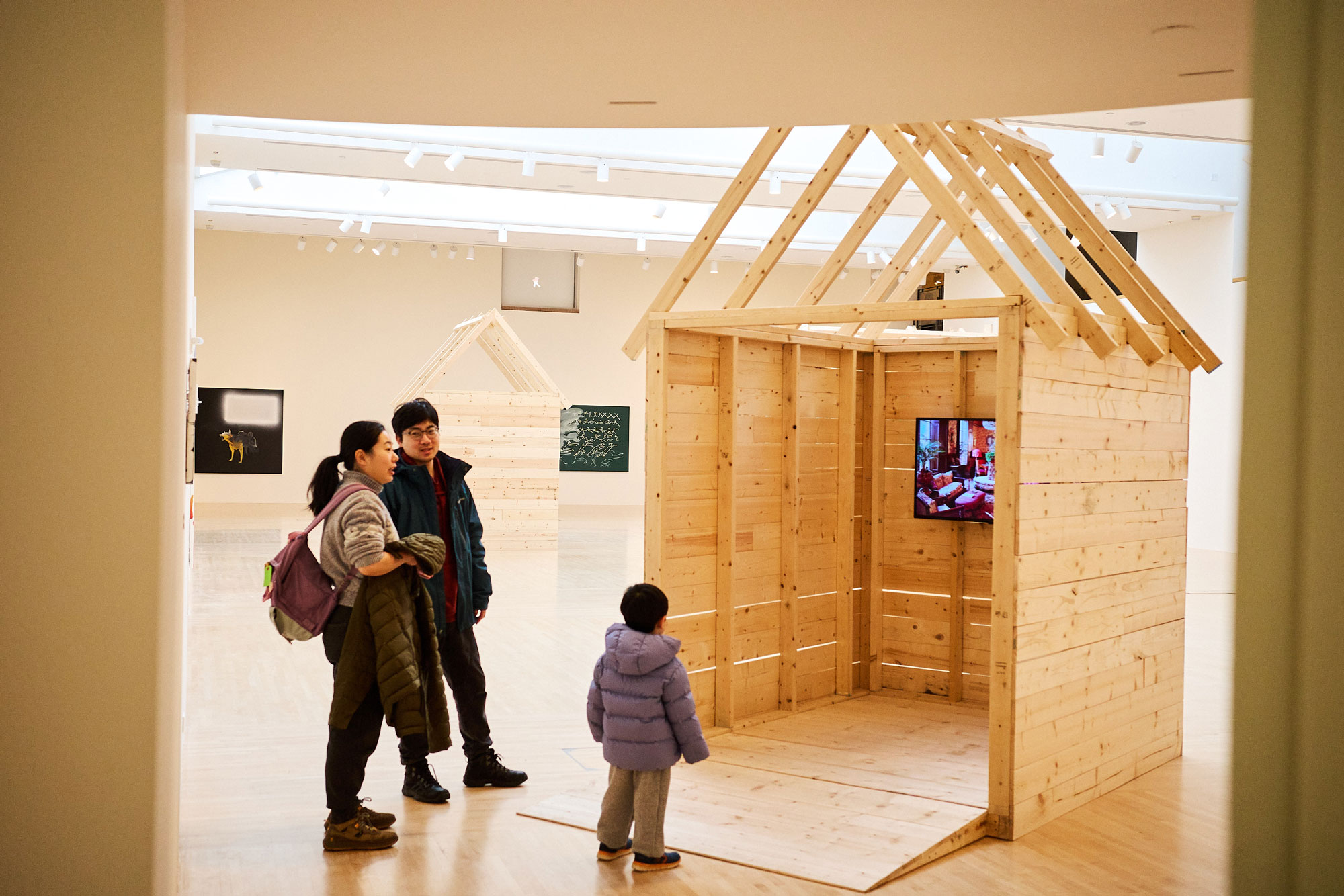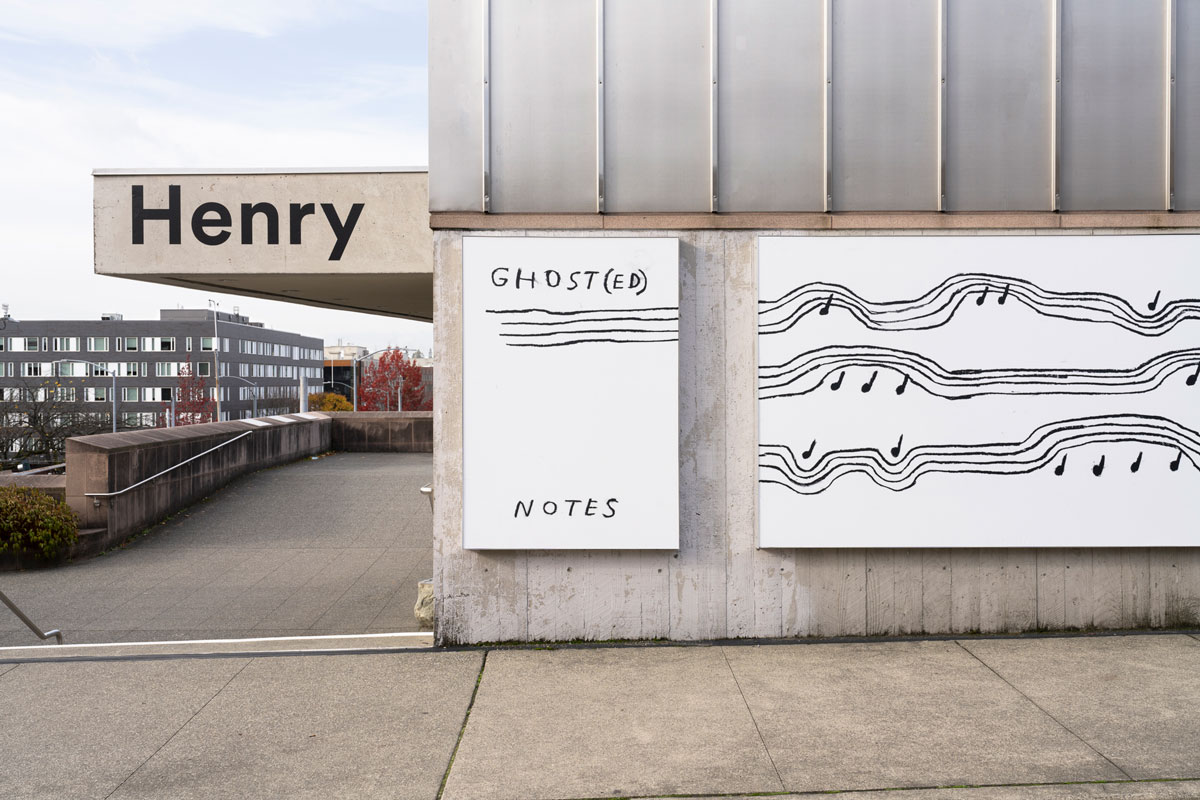Entry fees are out Entry fees are out Entry fees are out
The Henry Art Gallery scrapped admission fees this summer and saw a jump in visitors.

The Henry Art Gallery scrapped admission fees this summer and saw a jump in visitors.
The galleries and courtyard of the Henry Art Gallery present a range of contemporary art—a two-story tapestry, an annotated collage of obituaries of influential women and even a three-panel display of anuses. Set within a 1927 Beaux-Arts building and its striking 1997 expansion, the Henry has long been a site for bold ideas and boundary-pushing work.
This summer, it added another: scrapping admission fees altogether.
“When I arrived, I found it confusing for visitors coming through the doors,” says Kris Lewis, who joined the Henry in 2023 as the John S. Behnke Director. “There wasn’t clear messaging—people weren’t always sure, ‘is admission free?’ With fresh eyes, it was immediately clear to me: we needed to address this.”
Free admission attracts more visitors without raising costs, according to a report released this spring by independent think tank ReMuseum, which surveyed 150 art museums across the country. At a time when museums are attracting fewer visitors than they did five years ago, the report suggested that by charging admission to subsidize costs, most museums were reducing visitations.
The Henry’s admission-free policy comes at a time when institutional commitments to equity are under attack. Going free, Lewis says, makes the museum more accessible to all and reaffirms values the Henry has held for decades. “Our core audiences and the artists we work with are, or feel, under threat,” she says. “Our commitment is to continue showing up for them. So, how do we remove barriers that might prevent folks from coming in? Free admission is one clear way—it helps ease the financial burden and opens the museum to all.”
The shift is already making a measurable difference. According to Tanja Baumann, director of communications and public relations, the Henry welcomed 5,482 visitors in June, a 40% increase from the year before. It has also seen 65,492 visitors over the past 12 months—the highest in over a decade.

The exterior of the Henry features a mural called “Ghost(ed) Notes” by Christine Sun Kim, a Berlin-based artist inspired by non-verbal communication.
The change comes as the Henry approaches a major milestone—its centennial —in two years. The gallery will step into its next chapter not by reinventing itself, but by building on what has sustained it for nearly 100 years: championing emerging artists, showcasing contemporary art and engaging the public around new art and ideas.
“We want to continue to deepen our relationship with the University community and be a welcoming place for students and faculty and staff,” Lewis says. “We really strive to be a third home. Whether it’s going to the cafe, playing ping pong in the courtyard, or spending time engaging with the art and learning something new.”
New additions to the Henry’s permanent collection are on display in the lobby, and “Passing On (2022),” a series of collaged newspaper obituaries of influential feminist activists and organizers, will be in the mezzanine through Sept. 28. A third exhibition, “Spirit House,” features concepts of ghosts, hauntings and ancestry in the works of 34 Asian American and Asian diasporic artists and will be on view through January.